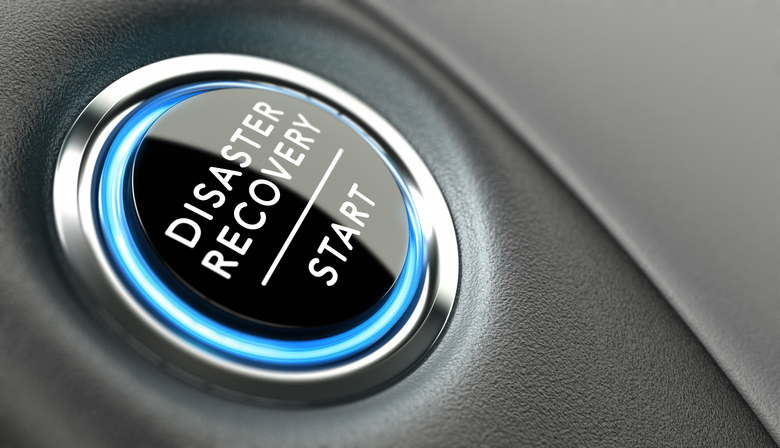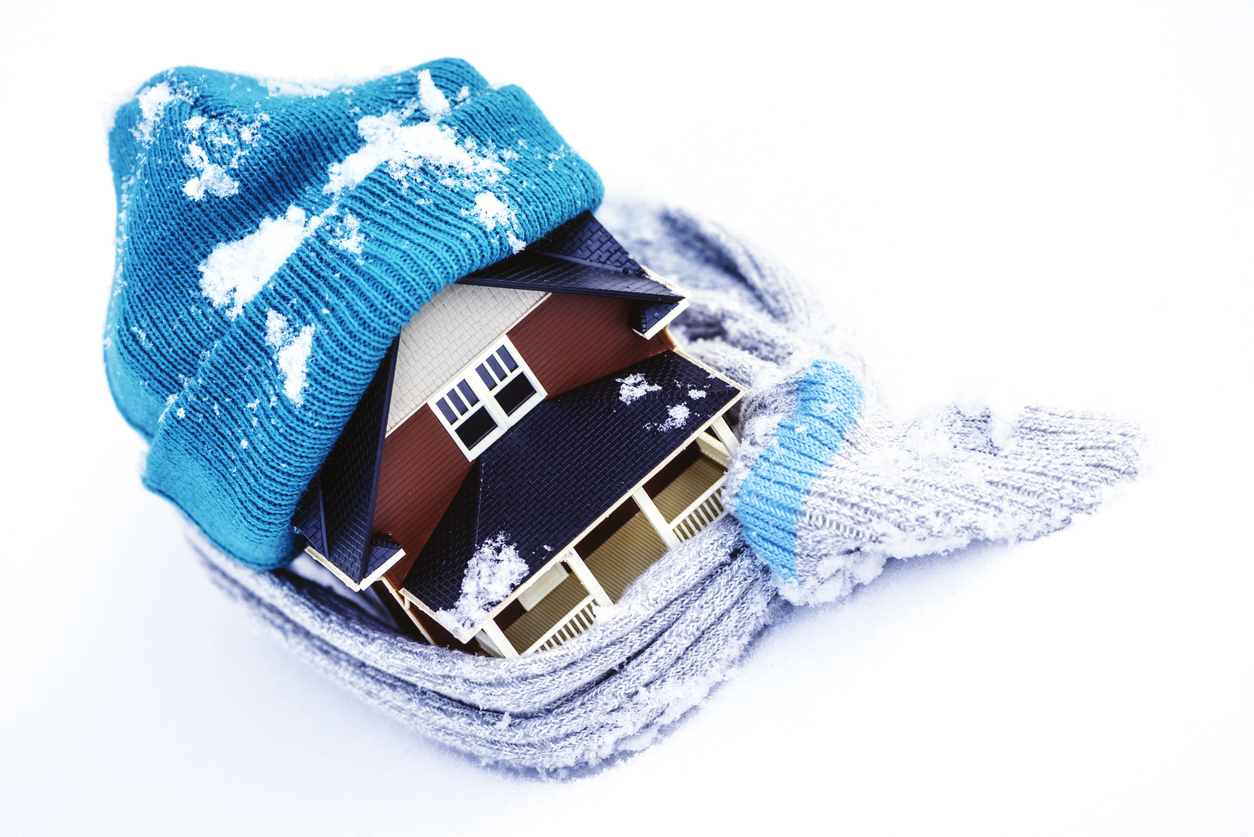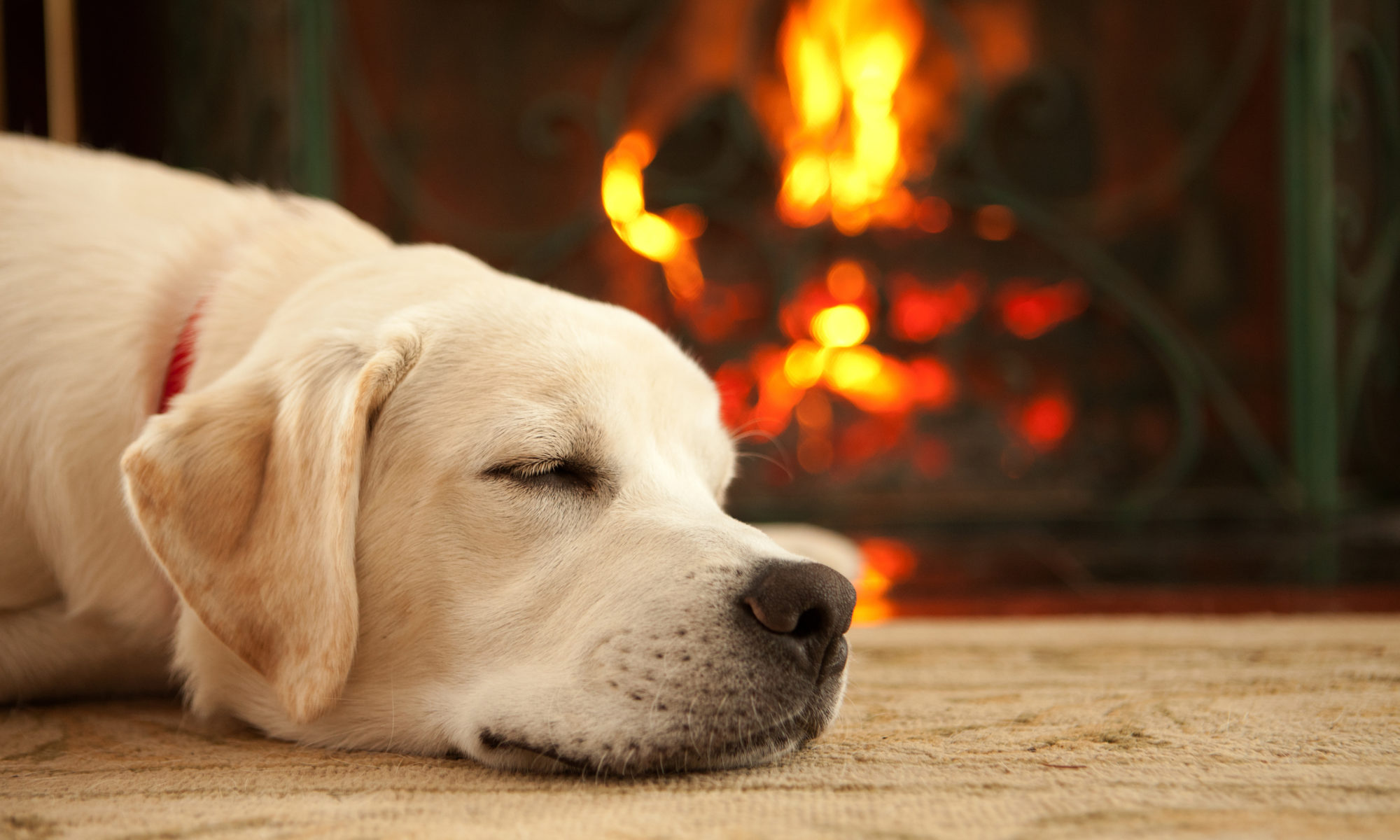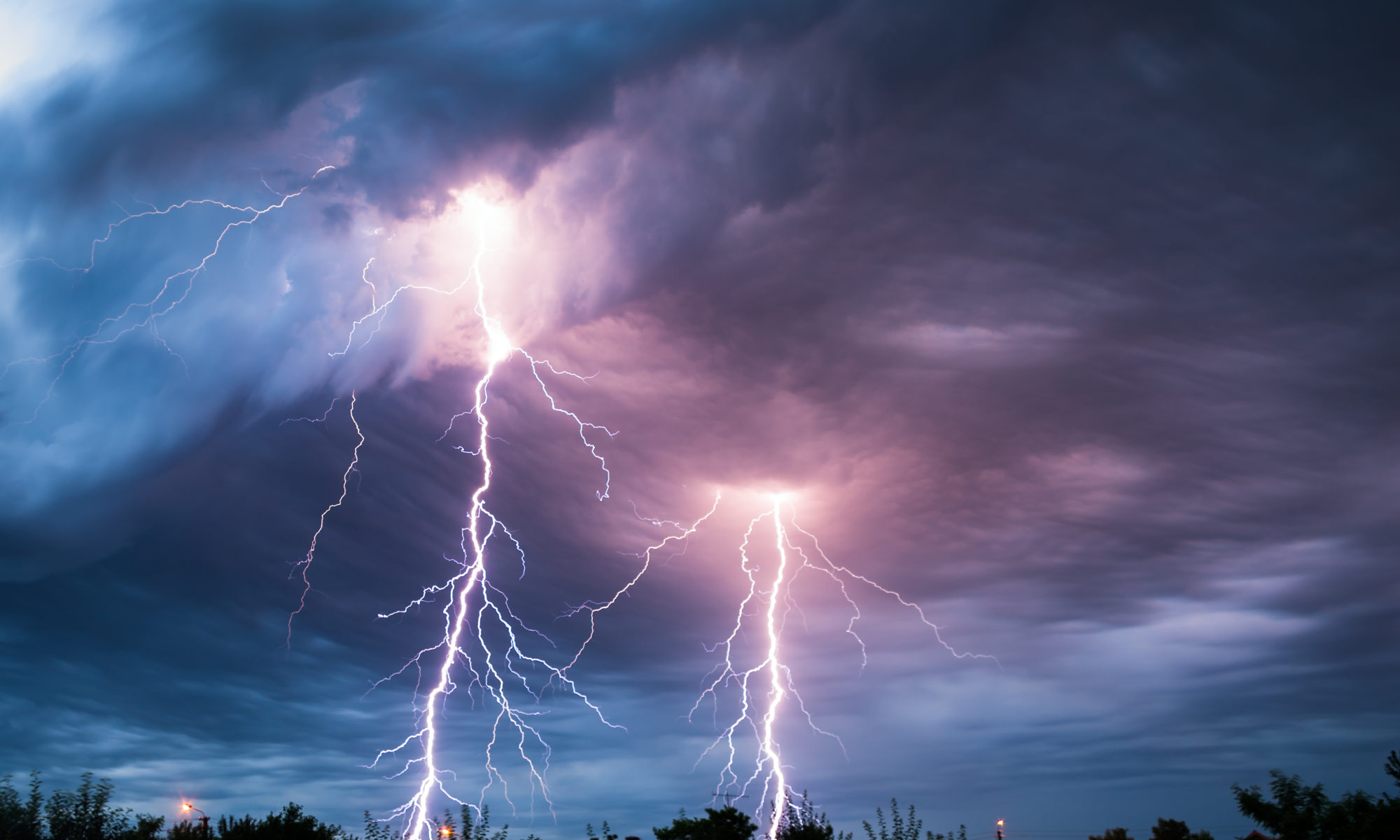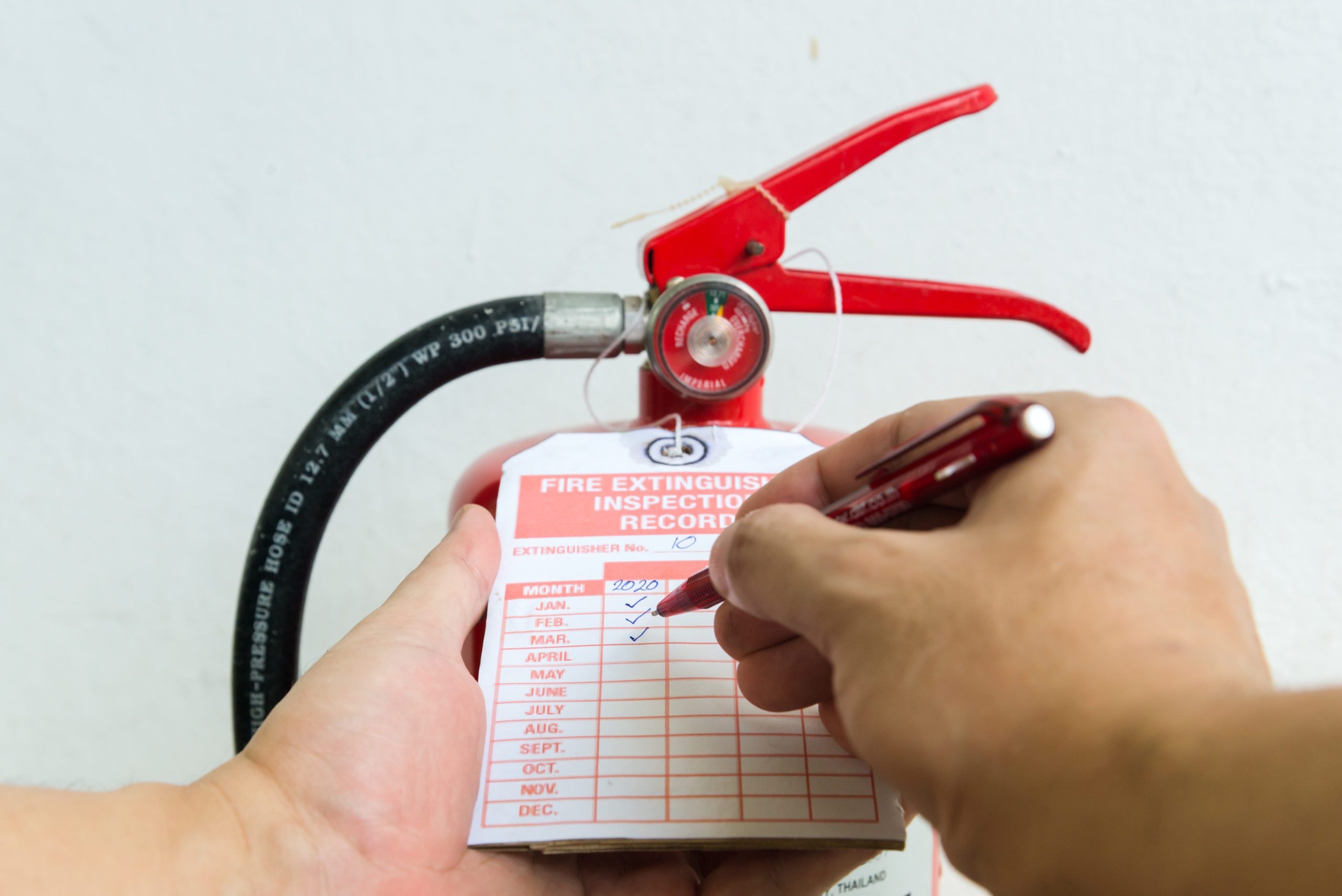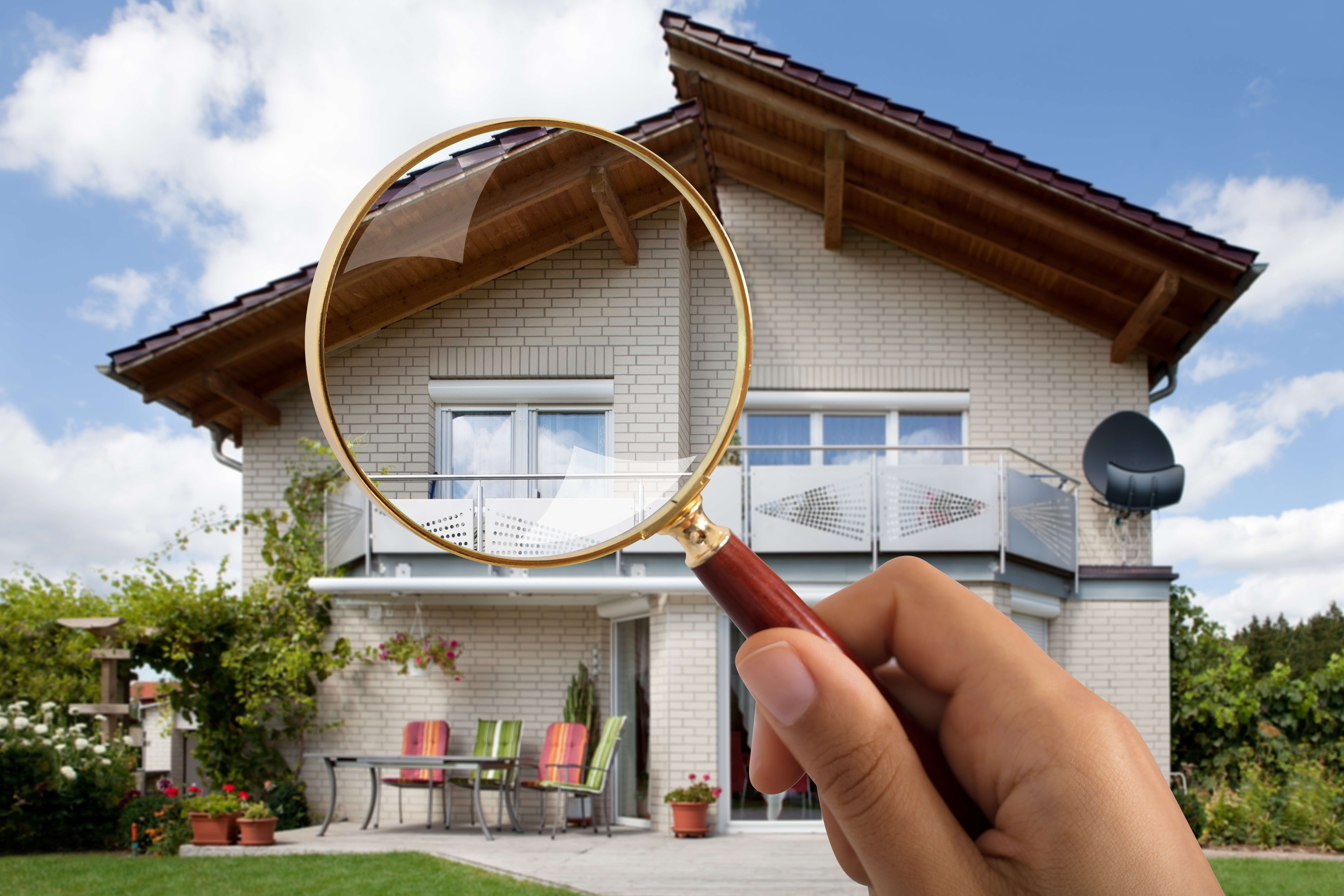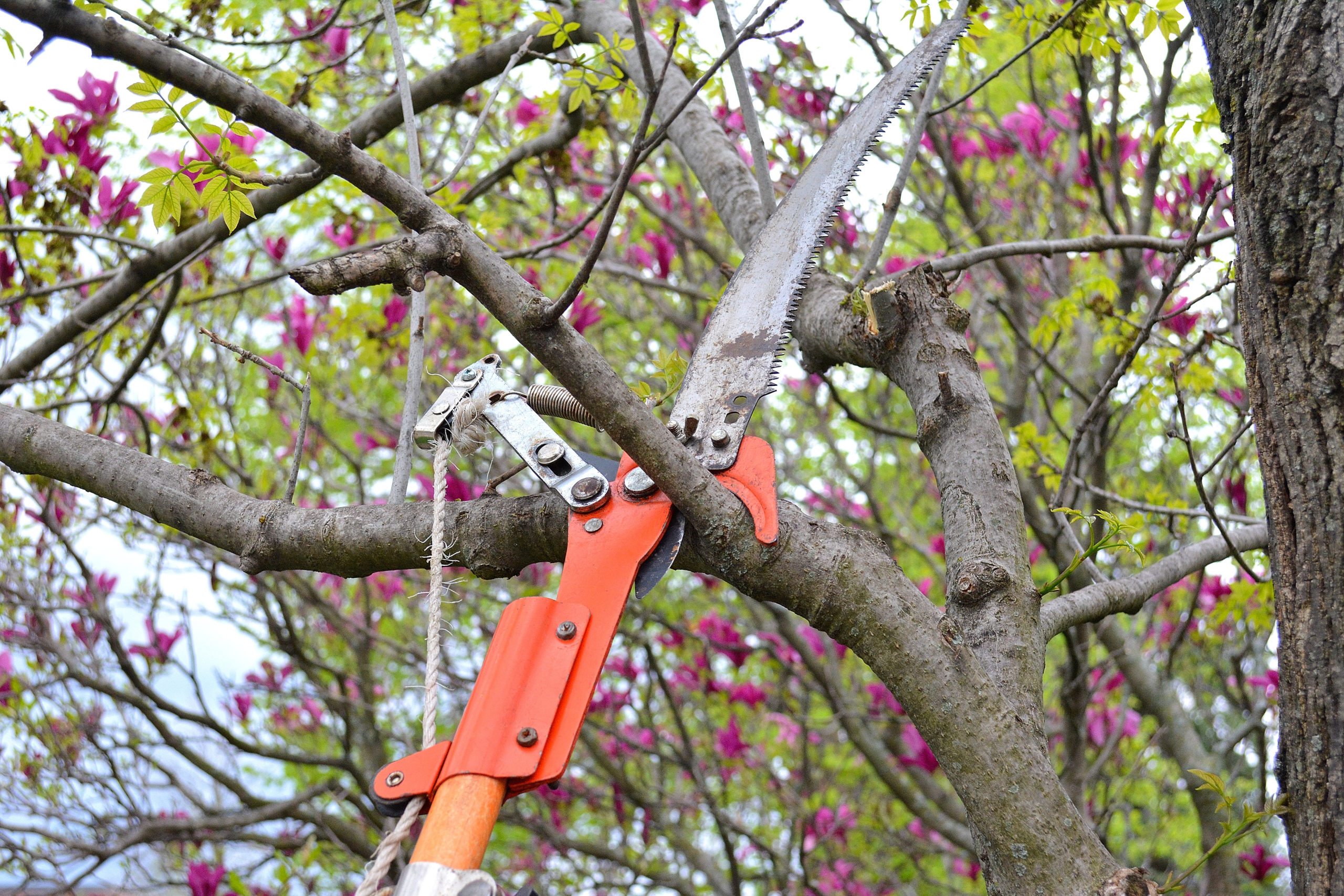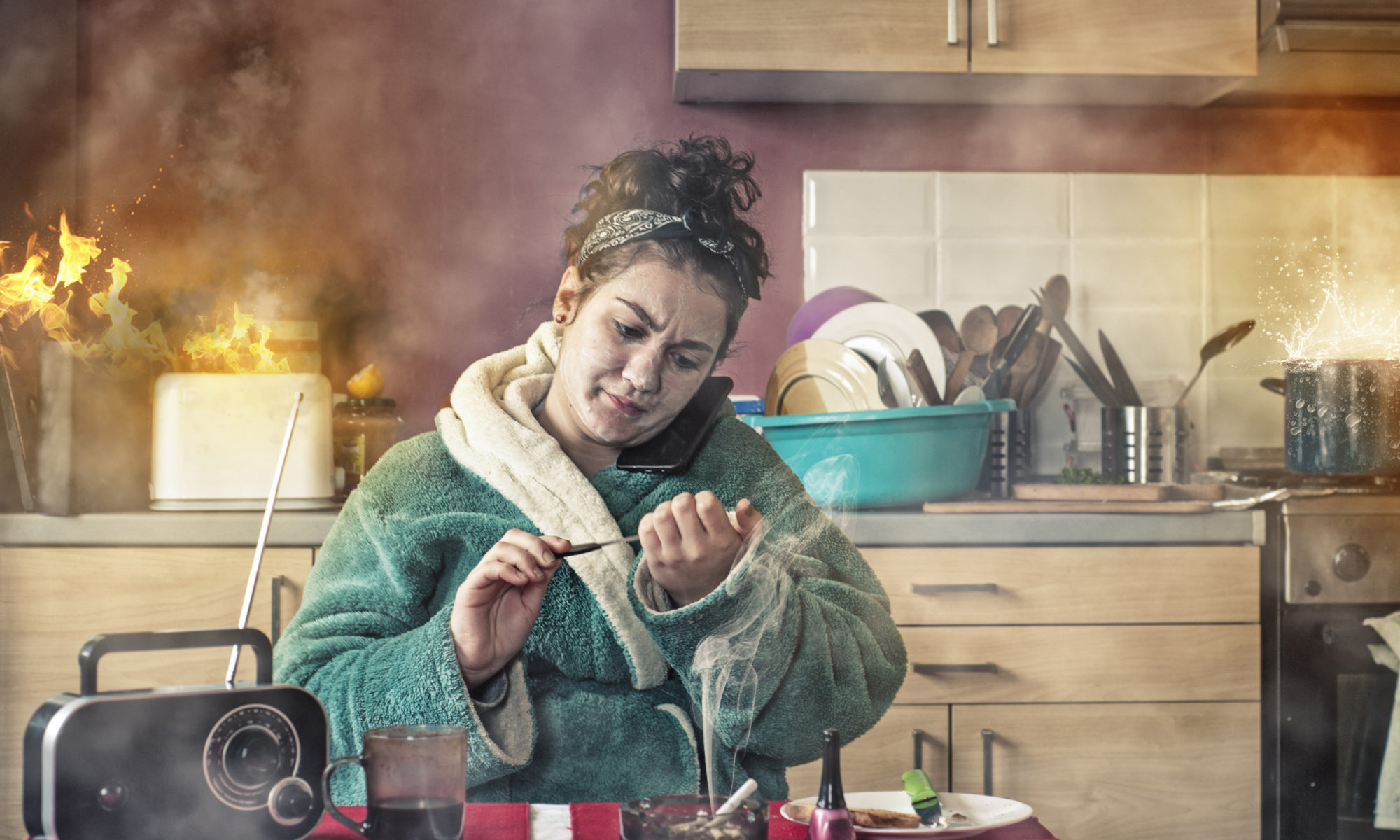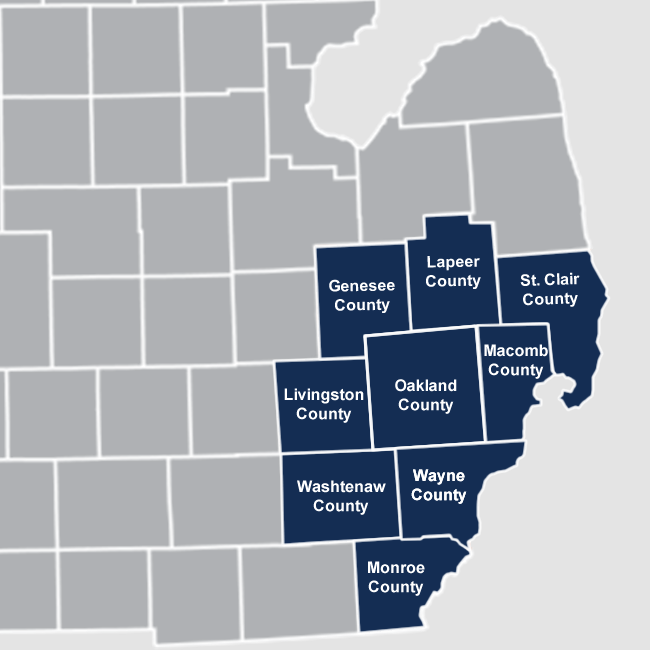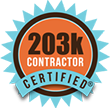Toxic mold can wreck havoc on your home and create fear in the homeowner about mold and home insurance coverage. Coverage often comes down to the source of moisture. When moisture goes unchecked, mold can grow and become widespread. Are you covered?
Homeowners Insurance and Mold
More often than not, home owners insurance policies do not cover damage caused by mold, fungi, and bacteria, says Spencer Yaklin, CEO of Advance Restoration, and property damage specialist. Coverage comes down to the source of the moisture causing the mold. It is recommended that every property owner review their policy, especially as it relates to water damage. Keep your eye out for language pertaining to mold exclusions or limitations. If it is still unclear, call your agent for clarity.
In most cases, if the mold is present due to a sudden or accidental covered disaster such as a burst pipe—that would warrant coverage, says Yaklin. The mold itself would not be the reason for the claim, but technically, the purse pipe is. Some claims are more apt to be rejected if mold is caused by negligence of home maintenance such as long-term exposure to moisture or repeated water leaks.
Approximately 22% of all home owners insurance claims result from “water damage and freezing”, according to the Insurance Information Institute. III puts the cost of the average mold claim between $15,000 and $30,000 as told in their 2003 white paper on mold. That is five times the average non-mold claims by homeowners during that time.
Most states adopted limitations on mold coverage after a rush of mold claims in the early 2000s. A typical home owners policy may cover between $1,000 and $10,000 of mold remediation and repair, says Spencer. And most policies do not cover mold as a result of flood damage. Home owners would need a separate flood insurance policy averaging about $540 per year via the National Flood Insurance Program.
As an add-on, it may be possible to purchase a mold rider to your current home owners policy. Riders offer additional coverage, the cost and personal risk-tolerance are driving factors behind any decision regarding riders. Ask your agent for information.
Newer homes are less susceptible to water damage as are older homes. Older homes located in humid climates where mold thrives will likely cost more to insure than those constructed in dryer zones. Homes built within the past five years or so are more likely to be made with mold-resistant wood, drywall and paints.
Prevention is Key
Keeping mold at bay is the surest way to avoid having to make a claim in the first place. To protect the value of your home you must prevent mold by eliminating the source of the mold—moisture. To prevent mold growth , we suggest taking the following steps:
- Keep humidity low by using air conditioners, exhaust fans, and dehumidifiers.
- Inspect under sinks and behind toilets regularly for lose fittings or leaks
- Use paints that contain mold inhibitors when painting
- Make regular maintenance checks on your roof and gutters to avoid backups and leaks
- Don’t use carpeting in moist areas like bathrooms and basements
- Remove excess moisture or water from soft goods such as upholstery and carpets within 48 hours of a water disaster
If you find yourself a victim of mold, hire a professional restoration service. Remember, where there is mold there is moisture. A professional will root out the source of moisture, clean up mold properly so that it doesn’t return.


![[iss_site_name_city_state_zip_code]](https://advancerestorations.com/wp-content/uploads/2019/03/Water-Damage-Contents-2000x1200.jpg)
